The Roland Groovebox returns with the MC-707 and MC-101
Roland has announced two new grooveboxes in their first return to the scene since 2008. The MC moniker is picked up by the TR-8s styled MC-707 and the more compact MC-101. But the most important question is where’s the D-Beam?
MC-707
Thankfully Roland has firmly moved away from the ill-judged green of the original Aira products and the MC-707 has the same understated but still colourful vibe of the more recent TR-8s.
The MC-707 has 8 tracks of recording, sequencing, synthesizers and effects and a large pile of samples, loops and phrases. The sound engine is the new ZEN-Core that’s also found in the Jupiter-X and Xm although with reduced polyphony. This means that it can run all the same sounds, vintage synthesizers and drum machines including the Juno-106, SH-101, TB-303, TR-808 and TR-909. Although the website lists slightly different synths to those on the Jupiter website so maybe they are curated differently.
You are currently viewing a placeholder content from Youtube. To access the actual content, click the button below. Please note that doing so will share data with third-party providers.
Along with the synthesis is a sampling engine that beat matches to the tempo. You can record vocals, instruments, import library or play with the loops and hits from the included sound banks. There are editing tools such as truncating and reversing to tweak and mangle to your heart’s content. When using samples and loops the MC-707 turns into a clip-based sequencer where you can have 16 clips per track in an Ableton Live style. The sequencer can run up to 64 steps on the drum kits or internal sounds. There are 2 MIDI outputs for sequencing external boxes, which is nice, and a single MIDI input so that you can patch in a decent keyboard rather than composing on the pads.
At the end of the chain is a bunch of effects that are individual to each track. There’s chorus, delays and reverbs to create evocative spaces and add movement to delicate sequences. Overdrive, distortion, and amp simulation give it a bit of grit and intensity. You can also run your entire mix through master effects like filters, bit-crushers, and a master bus compressor.
Hands-on beat making and control comes in the form of 2 rows of 8 velocity-sensitive pads, a volume fader and 3 control knobs for filter, modulation and effects. You can use the pads for melody as well as beats or triggering loops and samples. 16 buttons that run along the top of the pads give you the familiar drum step recording. The little screen seems to be pretty comprehensive and keeps you up-to-date with what’s going on.
Plug into a computer and you can stream all 8 tracks directly into your DAW. Or you can sample stems from your DAW back into the MC-707.
The MC-707 looks very sleek and streamlined, features a lot of decent functionality and a potentially awesome synthesizer engine. There are no nods to analogue or CV control which is a shame. Although I’m devastated by the loss of the D-Beam I think Roland has put together a nice package.
MC-101
This looks very fruity. It has all the sounds and functionality of the MC-707 but with only 4 tracks of recording/sequencing and sampling. It’s actually quite chunky, fatter than you’d think, reminds me of the Korg Monotribe. It’s designed to be portable though and will run for about 5 hours on 4 AA batteries. It doesn’t have any audio recording inputs so you’ll have to rely on the SD card slot or a computer to transfer your samples or recorded tracks into it. It does have MIDI though so with that massive synth engine inside it might be really cool simply as a sound source.
You are currently viewing a placeholder content from Youtube. To access the actual content, click the button below. Please note that doing so will share data with third-party providers.
MC Party
It’s quite stunning that these grooveboxes share the same sound engine as their flagship synthesizer. The potential of that alone is quite huge. Then build in Roland’s experience in live performance and building grooves and you’ve got an awesome package of straight-forward beat and melody making.
The MC-707 and MC-101 should be available on the 19th September for $999 and $499 respectively.
More information
Video
A more in-depth view of the MC-707
You are currently viewing a placeholder content from Youtube. To access the actual content, click the button below. Please note that doing so will share data with third-party providers.
One response to “The Roland Groovebox returns with the MC-707 and MC-101”

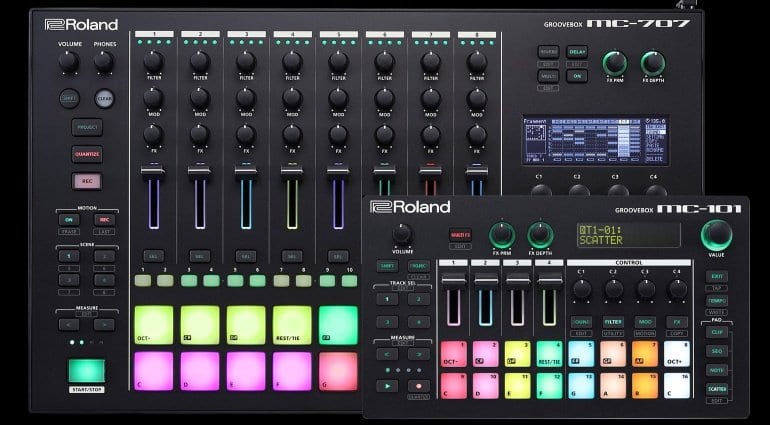
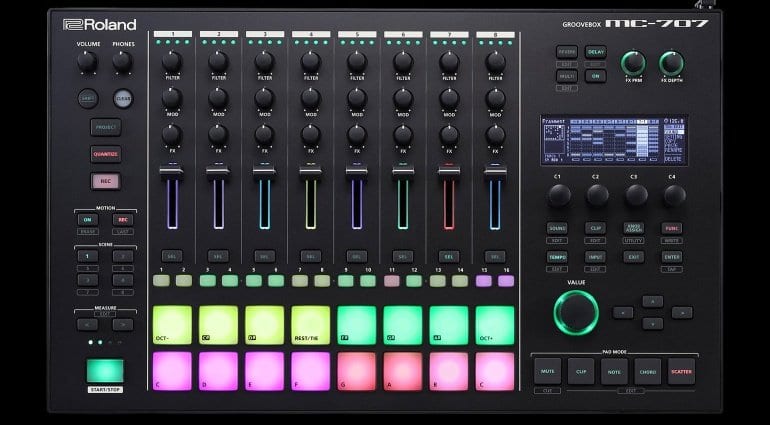
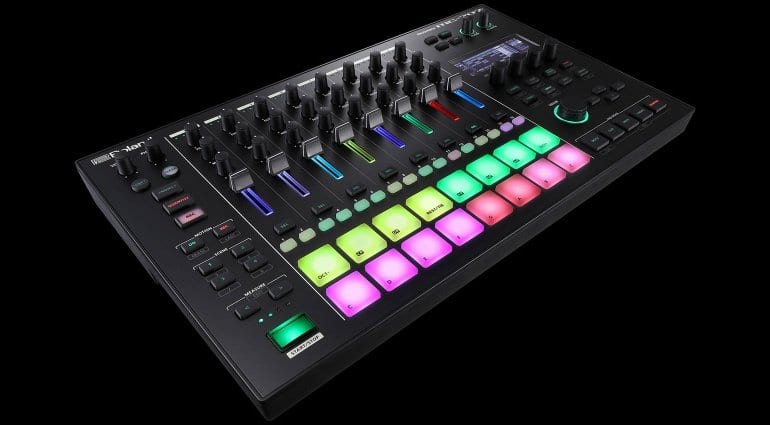
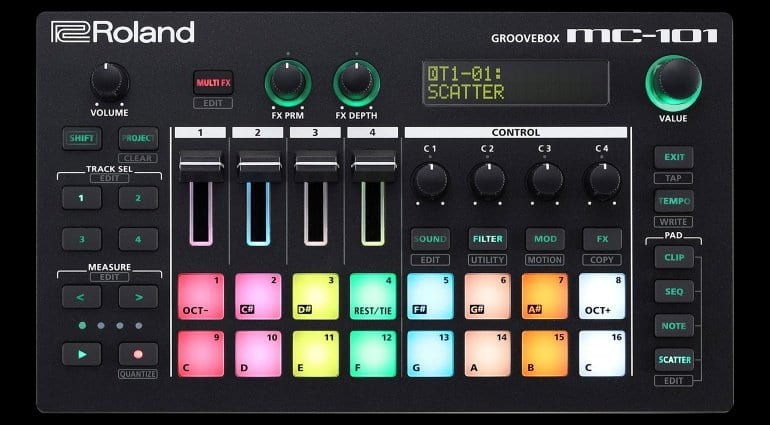
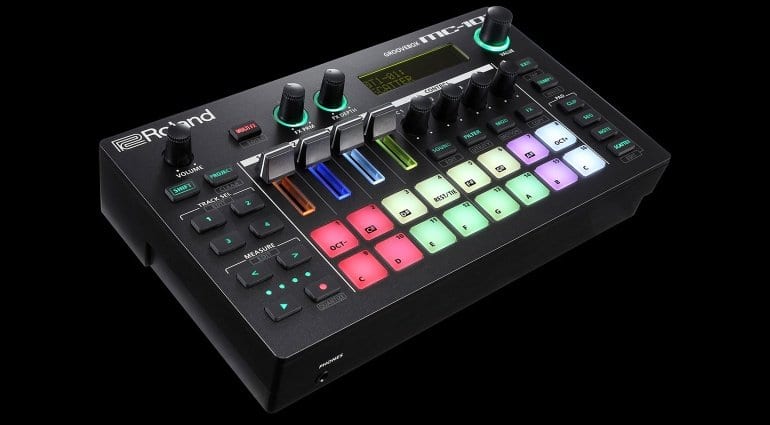





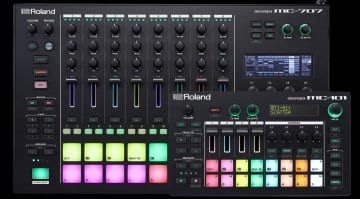



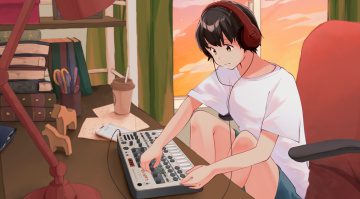


Why didn’t they put a Master track on the MC707 whereby you could record your live mix.
Others on forums requested a song mode but I think simply another track that recorded like
a normal digital multitrack would be just the job. Of course you can record to your DAW but
that sort of defeats its independence goal. Otherwise this seems like a great little production
tool for those of us who want to escape the monitor and mouse.